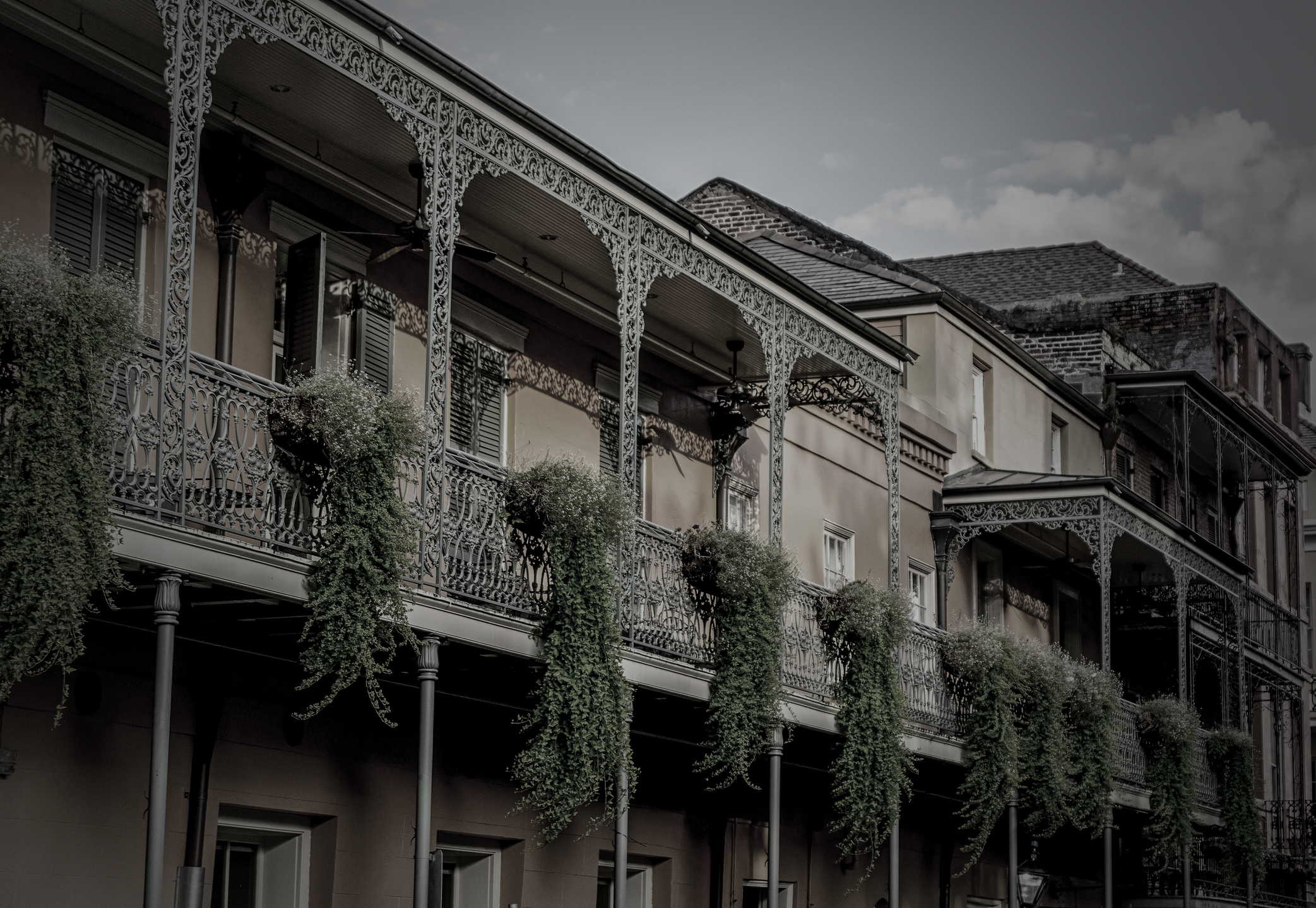From May 1918 to October 1919, the people of New Orleans found themselves terrorized by a serial killer who became a legend in American true crime history. The so-called “Axeman of New Orleans” took on almost a mythic presence over time. But in the year the Axeman murdered innocent people, the citizens of Crescent City knew him as very real— and very dangerous.
The first victim of the Axeman were Italian immigrants Joseph Maggio and his wife Catherine, who owned a grocery store together and lived in the apartment above it. On the night of May 23rd, 1918, the Axeman broke in, slit each of their throats with a razor, and then used an axe found in the victims’ home to bash their heads in. It is theorized that this may have been an attempt to conceal the true cause of death, but the true motives for using the axe are and will remain unknown. The morning after the attack, Joseph’s brothers Jake and Andrew discovered the bodies. Though the two brothers lived in the same building, neither of them heard any scuffle the night before.
Upon further police investigation, it was found that nothing had been stolen and that a set of bloody clothes had been left behind, suggesting the killer changed into a clean set before fleeing. Later, the straight razor used to murder the Maggios was found on a neighboring property. It apparently belonged to one of the brothers, Andrew, that he’d removed from the shop two days prior to the murder to repair. However, any evidence against Andrew was circumstantial at best, and the police quickly had to let their prime suspect free.
Following these first two murders, a number of victims were attacked and killed in the coming months. It is believed that the Axeman took the lives of 12 people over the course of roughly a year and a half. A majority of these people were Italian grocers or shopkeepers, suggesting a racially-charged motive for the Axeman.
As panic overtook Italian communities and the city of New Orleans, people began reporting more sightings of the Axeman than police could keep up with. Citizens started openly carrying shotguns, taking shifts to watch their homes at night, and spreading rumors of all kinds about this famed killer. Their defensive efforts even seemed to work for a while, causing a brief lull in the murders. The peace only lasted a few months before they began again, and New Orleans found itself returning to the grip of terror— but this time, the Axeman had something to say.
On March 14th, 1919, the local paper Times-Picayune received this frightening, strange letter supposedly from the Axeman himself. The return address was simply, “Hell”, and the letter was addressed to an “Esteemed Mortal”. The letter expressed pride at never having been caught and made the claim that he was planning to kill many, many other victims. In fact, the Axeman gave the specific date and time that he was next going to strike—with one very odd stipulation. In the letter, he wrote:
“Now, to be exact, at 12:15 (earthly time) on next Tuesday night, I am going to pass over New Orleans. In my infinite mercy, I am going to make a little proposition to you people. Here it is: I am very fond of jazz music, and I swear by all the devils in the nether regions that every person shall be spared in whose home a jazz band is in full swing at the time I have just mentioned.”
On the following Tuesday, March 19th, every dance hall was filled to capacity and the city rang out with the sound of jazz music from homes to the streets. All jazz musicians, professional or amateur, played until dawn. The city was spared, as promised, for one night.
This did not mark the end of the murders, which continued sporadically until the last victim’s life was taken on October 27th, 1919. Another grocer, Mike Pepitone, was struck down and left behind his wife and six kids. His passing marked the ending of this mysterious serial killer. Authorities continued their investigation, but no convictions were made, no other letters were received, and no one has seen or heard from the Axemen since.
Still want more haunting stories that take place in New Orleans? Check out my latest release, Blood on the Bayou, for the chilling tale of New Orleans’ latest (fictional) serial killer!
